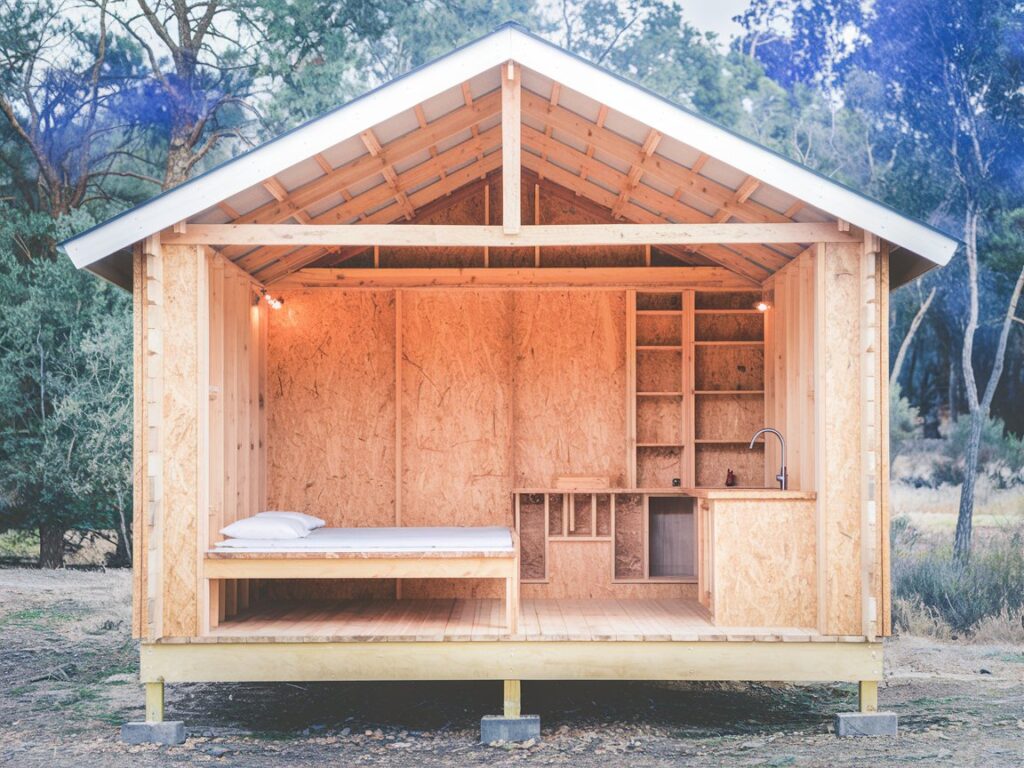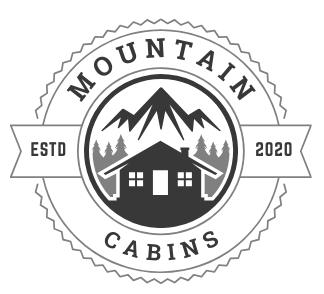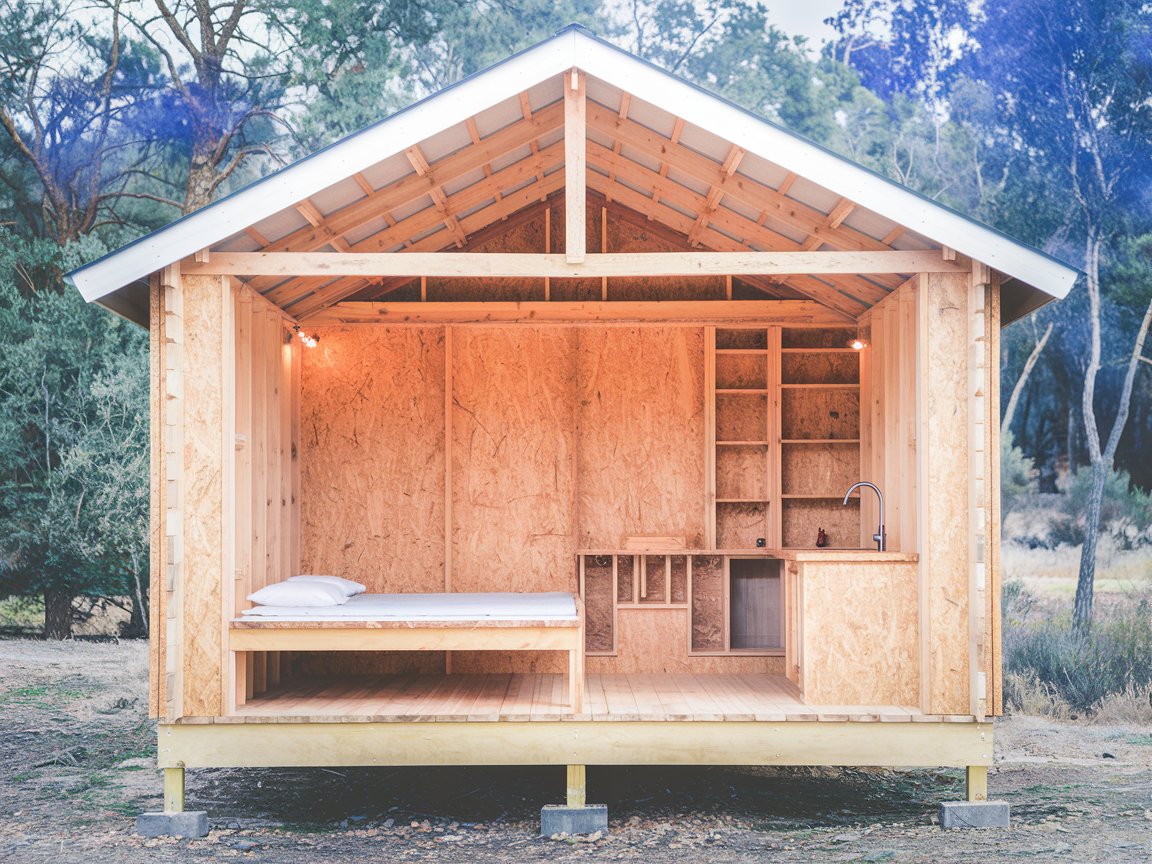What is the Easiest Type of Cabin to Build?

Building a cabin can seem like a daunting task, but choosing the right type can simplify the process. Whether you’re a beginner or an experienced DIY enthusiast, some cabin styles are easier to construct due to their straightforward design, readily available materials, and minimal construction techniques. Below, we’ll explore the easiest types of cabins to build and what makes them so beginner-friendly.
Key Characteristics of an Easy-to-Build Cabin
- Simple Design: Cabins with a basic rectangular or square layout are easier to construct, as they involve fewer measurements and cuts.
- Prefabricated Options: Kits with pre-cut materials and instructions simplify the building process.
- Minimal Foundations: Cabins that require basic foundations, like concrete blocks or gravel pads, are quicker and less labor-intensive to set up.
- Size Considerations: Smaller cabins (200–400 square feet) are easier to build due to fewer materials and construction time.
Types of Easy-to-Build Cabins
1. Prefabricated Cabin Kits
- Why It’s Easy: Prefabricated kits come with pre-measured, pre-cut materials and step-by-step instructions. These kits eliminate guesswork, making them perfect for beginners.
- Assembly Time: A small prefab cabin can be assembled in a few days to a week, depending on its size.
- Cost Range: $5,000 to $50,000, depending on materials and features.
- Pro Tip: Look for kits with pre-insulated walls to save time on additional steps.
2. A-Frame Cabins
Why It’s Easy: A-frame cabins have a straightforward triangular design with minimal walls and roofing. Their slanted sides serve as both walls and roof, which significantly reduces the need for extra materials. This design not only saves time but also lowers costs.
Assembly Time: With basic tools and materials, a small A-frame cabin can be constructed in just 1–2 weeks, making it one of the quickest cabin designs to build.
Cost Range: The cost typically falls between $10,000 and $35,000, depending on materials and size.
Pro Tip: To speed up the building process, consider using prefabricated A-frame kits, which are widely available and come with pre-cut materials, ensuring a hassle-free setup.
3. Log Cabins with Pre-Cut Logs
Why It’s Easy: Log cabins constructed with pre-cut, notched logs are relatively simple to put together. The logs are designed to stack and interlock seamlessly, eliminating much of the need for additional framing. This means less time measuring and cutting, and more time assembling.
Assembly Time: For a small cabin, you can expect an assembly time of around 2–4 weeks, depending on your experience and the availability of tools.
Cost Range: The cost generally ranges from $15,000 to $45,000, influenced by the type and quality of the logs you choose.
Pro Tip: Opt for milled logs with a uniform size, as this ensures smoother stacking and quicker assembly, making the overall construction process much more efficient.
4. Why Skid Foundations Are the Easiest Type of Cabin to Build
Why It’s Easy: Skid foundations are a simple and cost-effective option for small cabins. In addition, they remove the need for extensive ground preparation, concrete pouring, or complicated leveling work. This makes it a perfect choice for DIYers and those on a budget.
Assembly Time: Furthermore, a 200–300 square foot cabin on a skid foundation can typically be constructed in just 1–2 weeks, making it one of the quickest and easiest cabin options.
Cost Range: As a bonus, the cost usually ranges from $5,000 to $20,000, depending on the materials and size of your design.
Pro Tip: To ensure durability, use treated wood for the skids, as it offers better resistance to moisture and provides a longer-lasting foundation, even in outdoor conditions.
5. Modular Cabins
Why It’s Easy: On the other hand, modular cabins are delivered in pre-built sections directly from the factory. Once they arrive, they can be quickly assembled on-site with minimal labor and construction experience. As a result, this eliminates much of the guesswork and time-consuming tasks involved in traditional building methods.
Assembly Time: In fact, a modular cabin can be completed in as little as a few days, thanks to the pre-constructed sections and efficient on-site assembly.
Cost Range: Additionally, you can expect to spend anywhere from $20,000 to $70,000, depending on the size, material quality, and the complexity of your modular design.
Pro Tip: Before making your purchase, always check zoning regulations and building codes in your area. Compliance with local requirements will help ensure a smooth installation process, preventing costly delays or adjustments.
Both skid foundations and modular cabins offer practical, cost-effective, and quick solutions for building a small cabin. In fact, they represent two of the easiest types of cabins to build due to their simplicity and efficiency. Whether you prefer the DIY-friendly skid foundation or the speed and convenience of modular delivery, each option ensures you can enjoy your cabin getaway with minimal hassle and maximum efficiency. Ultimately, each choice offers its unique advantages, allowing you to select the easiest type of cabin to build that best suits your specific needs and preferences. Compliance with local requirements will also ensure a smooth installation process and help you avoid costly delays or adjustments.
Factors That Make a Cabin Easy to Build
- Pre-Cut or Modular Options: Reduces the need for heavy tools and professional expertise.
- Small Footprint: Smaller cabins require less material and labor.
- Simple Rooflines: Designs like shed or gable roofs are easier to construct compared to complex roofing styles.
- DIY Potential: Cabins with straightforward instructions or kits are ideal for self-builders.
Tips for Building the Easiest Cabin
- Start Small: Begin with a simple 200–300 square foot cabin to gain confidence.
- Invest in a Kit: Prefabricated or modular kits simplify the process and reduce errors.
- Use Basic Tools: Stick to cabins that can be built using common tools like hammers, drills, and saws.
- Choose Flat Ground: Building on level land minimizes foundation work and saves time.
Conclusion
Choosing the right foundation and cabin design can make your project faster, easier, and more cost-effective. Whether you want the easiest type of cabin to build with a skid foundation or prefer a modular design, each option offers unique benefits. Knowing the pros and cons of different foundations and designs helps you make informed decisions about the easiest type of cabin to build for your needs.
By considering factors like budget, location, and ground preparation, you can create a small cabin that fits your goals and lifestyle. With the right planning and choices, your dream cabin can be a reality—functional, affordable, and tailored to your vision.

